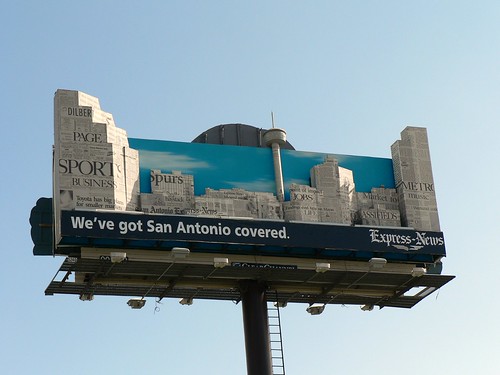Late Saturday night, two days into a Labor Day weekend, a special adviser to President Obama resigned. Now, this blog post isn’t about the politics of the issue, but it’ll be helpful if you watch Newsy.com’s roundup of the issue. Pay particular attention to the one four letter word that keeps coming up over and over again:
Did you catch it? It’s four letters, and it seems to have Americans scared out of their minds:
Czar.
In the same way that the federal government failed to brand the H1N1 virus correctly — leading to the still-used nickname “swine flu,” and causing short-term damage to the pork industry — the White House hasn’t gotten a lid on this “czar” title. And as long as it’s around, it’ll continue to cause confusion for the American public.
The White House does not — in official documents — refer to people like Jones as czars. As Politico points out, “the Obama administration has about 30 czars — a term used as shorthand for long, wonky titles such as Jones’s ‘Council on Environmental Quality’s special adviser for green jobs.'”
What it comes down to is this: for reporters, Jones’ full title takes up too many seconds to say or too many inches to publish. ‘Czar’ seems to get across the point just fine.
The problem is, it doesn’t. Czar isn’t a neutral word; it’s a word that connotes any number of Russian or Slavic leaders who had occasionally-ruthless territorial and economic expansion in mind.
Oddly enough, the word was first used in American politics to attack a rival of President Andrew Jackson, and later used by Democrats against a Republican Speaker of the House. Back then, when Czar Nicholas I was still in power, the phrase carried a significant amount of baggage. Today, it still does.
So here’s where the issue of branding comes in: as long as the American public is still subconsciously connecting Presidential advisers on drugs, climate change and urban affairs with a Russian leader who died in 1855, the White House is going to have a tough haul.
Politico notes that there are more than 30 ‘czars’ in this administration. We have an AIDS czar, a California water czar, a Great Lakes czar and even a Sudan czar.
But in official policy, the White House does not refer to these advisers like that. In speeches, Obama refers to the Sudan czar as Scott Gration, a Special Envoy to Sudan. And the AIDS czar is Jeffery S. Crowley, Director of Office of National AIDS Policy.
But reporters — who don’t really have time to explain to Americans in a 45 second live shot what a special envoy does or where Sudan is — have taken these jobs out of context. From a journalist’s perspective, we’ve caused harm by not explaining who these men and women are or what they do, and it’s the reason why I’m seeing women in El Paso scream out, “I’m here because I love my country. I want to take it back from Obama and his czars!”
Had the White House tried to accurately label their advisers — and make sure that the media reported about them as such — I’d imagine we wouldn’t see revved-up west Texans yelling things like, “I want to take back this country from Obama and his team of mid-level, non-Cabinet policy advisers with no formal budgetary control!”
The White House hasn’t helped their cause. In official releases, they use the formal titles. But during press conferences, White House press secretary Robert Gibbs does slip into informal terms. Prompted by a query about the drug czar, he’ll respond, “Let me address the czar question for a minute.” Or the President, while talking about how he’ll hold his advisers accountable, will mention, “Well, the goal of the border czar is to….”
There’s an easy way for the President’s team to fix this: they need to choose their words carefully. If the media isn’t going to responsibly label non-Cabinet officials — and the onus is on us journalists to do so — then it’s up to the White House to correct reporters. This isn’t spin control; it’s simply an exercise in logic.
Right now, due to poor branding, the White House is letting a Russian leader who’s been dead since the Civil War affect policy decisions. That seems odd.
❡❡❡
Post-script: Turns out that right after Jones took the job, he actually sent out an email saying, “I am not going to be any kind of ‘Czar.'” Guess that didn’t work.

.jpg) As promised last week: 4,000 words on
As promised last week: 4,000 words on 





